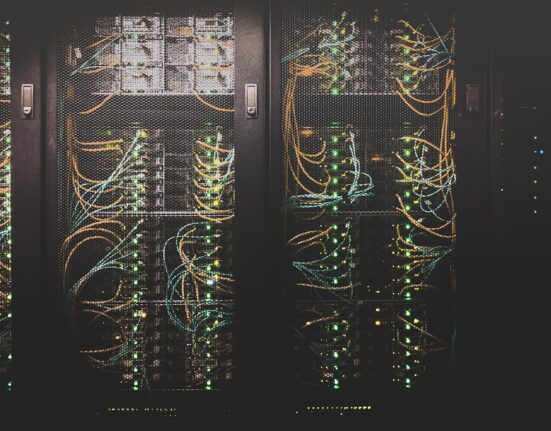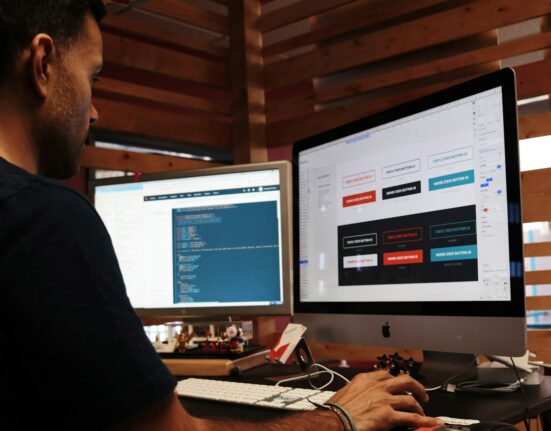In a breakthrough that could redefine how we experience digital content, London-based AI lab Odyssey has unveiled a research preview of its latest project: an AI model capable of transforming standard video into interactive worlds. This isn’t just another step forward in video game graphics or film effects—it might be the birth of a new medium altogether.
Welcome to the Holodeck (Sort Of)
Odyssey’s AI-generated environments respond in real time to user input—whether from a keyboard, smartphone, game controller, or soon, even voice commands. It’s being described internally as an “early version of the Holodeck,” referencing the famed Star Trek simulation system.
At the core of this tech is Odyssey’s ability to generate high-resolution video frames every 40 milliseconds. This lightning-fast response creates an uncanny illusion: press a button, and the environment changes instantly, as though the video were alive and reacting to your will.
“The experience today feels like exploring a glitchy dream—raw, unstable, but undeniably new,” the company admits. The visuals might not yet rival AAA game titles, but the potential is staggering.
What Makes Odyssey’s Tech Different?
This isn’t just souped-up video playback or a fancy CGI overlay. Odyssey’s system is based on what it calls a “world model.” Unlike traditional video generators that output footage in one go, world models generate content frame by frame, adjusting dynamically based on user actions—much like how a large language model predicts the next word.
Odyssey describes it as an “action-conditioned dynamics model”: every frame is the result of a calculated prediction using the current state, the user’s action, and historical context. This approach makes interactions feel organic and unpredictable, a major departure from the rigid “if this, then that” rules in traditional game logic.
The result? Experiences that are non-linear, emergent, and alive in a way scripted content can never be.
Solving the Stability Problem
Creating an AI that reacts to human input with believable visuals is hard enough. Keeping it stable over time is even harder. The challenge is something AI researchers call “drift”—where small prediction errors snowball, causing the video to become visually or narratively incoherent.
Odyssey’s solution is a clever compromise: use a narrow distribution model. First, the AI is pre-trained on broad video data to understand general dynamics, then fine-tuned on a more constrained set of environments to reduce chaos. This sacrifices some variety for the sake of coherence and believability—a trade-off that appears to be paying off.
The lab claims their upcoming models are already showing “a richer range of pixels, dynamics, and actions,” signaling steady progress toward more sophisticated simulations.
Real-Time AI Isn’t Cheap—Yet
Powering this futuristic system isn’t free. Currently, running Odyssey’s AI model in real-time costs between £0.80 to £1.60 ($1–2) per user-hour, thanks to clusters of powerful H100 GPUs spread across the US and Europe. But while that sounds expensive for streaming, it’s dirt cheap compared to the cost of building traditional game or film assets from scratch.
And as AI efficiency improves, Odyssey expects those costs to drop significantly, making this tech increasingly accessible.
A New Medium Is Emerging
From cave paintings to TikTok, every leap in storytelling has been driven by new tools. Odyssey believes AI-generated interactive video is the next leap—one that could revolutionize not just entertainment, but education, training, marketing, and more.
Imagine tutorials where you don’t just watch—you do. Picture virtual travel experiences where you can roam ancient ruins or bustling cities without leaving your couch. Envision personalized stories that unfold differently for every viewer.
The current demo may be glitchy, and the worlds may feel rough around the edges—but the idea behind them is powerful and unprecedented. Odyssey’s prototype is more than a novelty; it’s a proof of concept for a new kind of medium that blurs the line between watching and participating.
As the technology matures, we might look back at this moment as the beginning of a profound shift—one where stories no longer unfold to us, but with us.
Discover more at the AI & Big Data Expo — coming to Amsterdam, California, and London. Co-located with events on automation, cybersecurity, and digital transformation.
Stay tuned with TechForge for the latest on AI breakthroughs reshaping tomorrow’s digital experiences.










